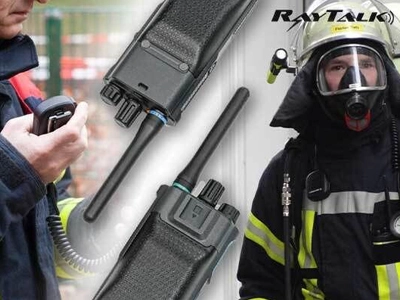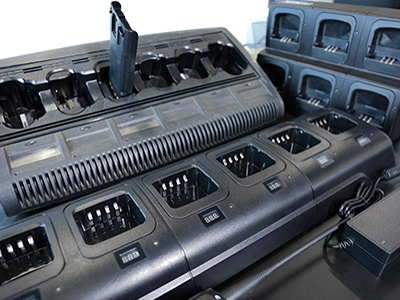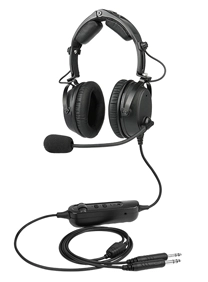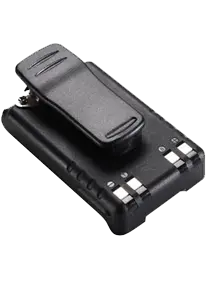Aviation is a world where precision and communication can mean the difference between life and death. Pilots and their crews rely on a myriad of tools and technologies to ensure safe and efficient flights, and among the most critical is the aviation headset. In this blog, we'll delve into the world of aviation headsets, exploring what they are, the differences between aviation headsets and regular ones, and how these specialized devices work their magic.
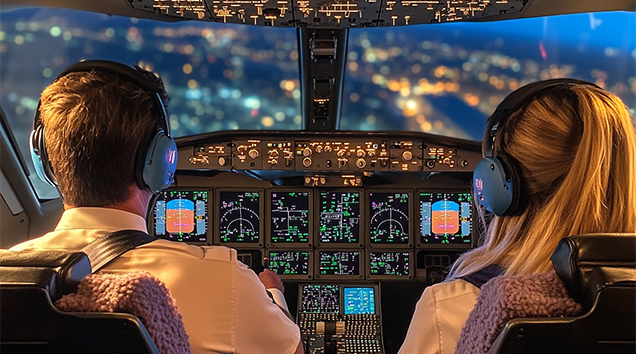
Aviation headsets are specialized communication devices designed for use in aircraft. They serve two primary functions: noise reduction and clear communication. Let's break down these functionalities:
In an aircraft, you're dealing with an environment filled with engine noise, airflow, and other sounds that can be both distracting and harmful to your hearing. Aviation headsets are equipped with advanced noise reduction technology, either active (ANR) or passive (PNR), to significantly reduce these external noises. This feature is crucial for pilot comfort and safety, as exposure to high levels of noise over time can lead to hearing loss.
Effective communication is paramount in aviation. Pilots need to stay in constant contact with air traffic control (ATC), fellow crew members, and sometimes passengers. Aviation headsets are equipped with a noise-canceling microphone and high-quality speakers that ensure clear and reliable voice communication, even in noisy cockpit environments.
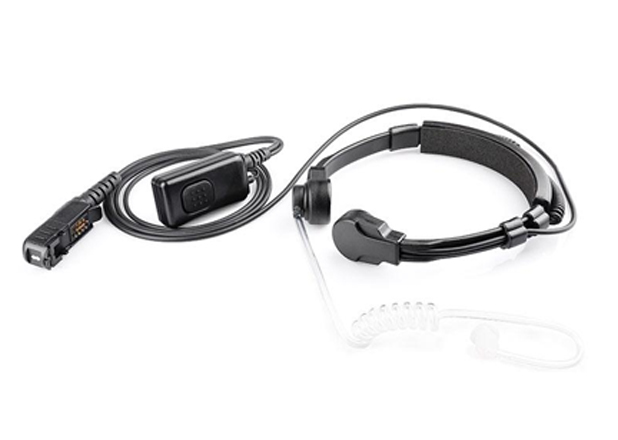
You might wonder: Why can't pilots use regular headphones or headsets? Here's where the differences become clear:
Aviation headsets are purpose-built for use in aviation environments, with a primary focus on facilitating clear communication between pilots, air traffic control, and fellow crew members. The design of air traffic headsets places a strong emphasis on effective noise reduction and minimizing ambient cockpit sounds. This is crucial for maintaining situational awareness and preventing hearing damage over extended flight durations. While the normal consumer-oriented headsets are designed primarily for entertainment and personal audio experiences, such as music listening and gaming. They prioritize delivering high-quality audio and comfort for recreational use rather than the specific demands of aviation.
Aviation headsets often feature specialized connectors, such as dual plugs or XLR connections, tailored to aviation equipment and intercom systems commonly found in aircraft. These connectors of the air traffic control headset ensure compatibility and seamless communication within the cockpit. But the consumer headsets typically feature standard audio connectors like 3.5mm jacks, USB, or Bluetooth. They are intended for use with common devices like smartphones, laptops, and gaming consoles, rather than aviation equipment.
Normal headphones, such as those designed for music enthusiasts, are primarily focused on delivering high-quality audio playback. While they may provide some passive noise isolation, they lack the sophisticated noise reduction technology found in aviation headsets. In the cockpit, this technology is vital to maintain pilot concentration and prevent hearing damage.
Aviation headset feature noise-canceling microphones designed to pick up the pilot's voice while minimizing background noise. Standard headphones typically prioritize noise cancellation for the listener, not for the person speaking.
Aviation headsets are built to withstand the demanding conditions of the cockpit, including temperature fluctuations and rough handling. They are often more robust and comfortable for long hours of use than regular headsets.
The aviation headphones deliver acceptable audio quality for voice communication, they are optimized to prioritize vocal clarity over music or entertainment playback. The goal is to ensure pilot with headphones can hear and be heard with precision, even in noisy cockpit conditions. However, normal headsets excel at delivering superior audio quality for music and multimedia content, with an emphasis on immersive and enjoyable sound experiences.
| Feature | Aviation Headsets | Normal Headsets |
| Purpose | Designed for aviation use, prioritizing communication and noise reduction | Designed for consumer audio enjoyment, focusing on music and entertainment |
| Connectivity | Often include aviation-specific connectors like dual plugs or XLR | Typically use standard audio connectors like 3.5mm or USB |
| Noise Reduction | Advanced ANR or PNR technology | Limited passive noise isolation |
| Microphone Design | Noise-canceling for clarity | Typically focused on listener |
| Durability & Comfort | Built for cockpit conditions | Varies, may not be as rugged |
| Audio Quality | Emphasizes clear voice communication and may prioritize this over music playback | Prioritizes audio quality for music and multimedia experiences |
The magic behind aviation headsets lies in their noise reduction technology:
The ANR aviation headset incorporates microphones on the ear cups that pick up ambient noise. They then generate sound waves that are 180 degrees out of phase with the unwanted noise, effectively canceling it out. This results in a quieter and more peaceful cockpit environment.
PNR aviation headset relies on their physical design, using specially crafted ear cups and ear cushions to block out external noise. While not as advanced as ANR, they are still effective at reducing ambient sound.
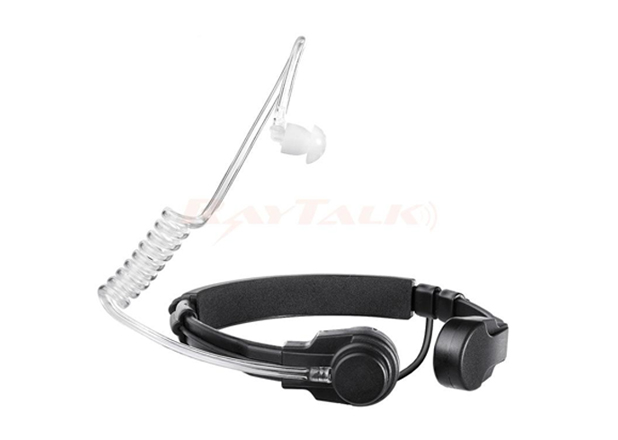
For example, PH-100H PNR Pilot Headset, the best PNR aviation headset in RayTalk, delivers 23db noise protection and outstanding comfort tailored for helicopter pilots. It includes a soft double-foam head pad, gel-foam ear seals, and a lightweight headband for extended wear. Equipped with a noise-canceling electret microphone, adjustable metal boom, volume control, coiled cord, and U-174/U plug, it ensures reliable communication and superior usability.
In conclusion, aviation headsets are an indispensable tool for pilots, ensuring clear communication and noise reduction in the cockpit. Their specialized features set them apart from regular headphones and play a vital role in enhancing safety and efficiency in aviation. Whether you're a seasoned pilot or an aviation enthusiast, understanding the importance of these remarkable devices is key to appreciating the complexities of flight.

